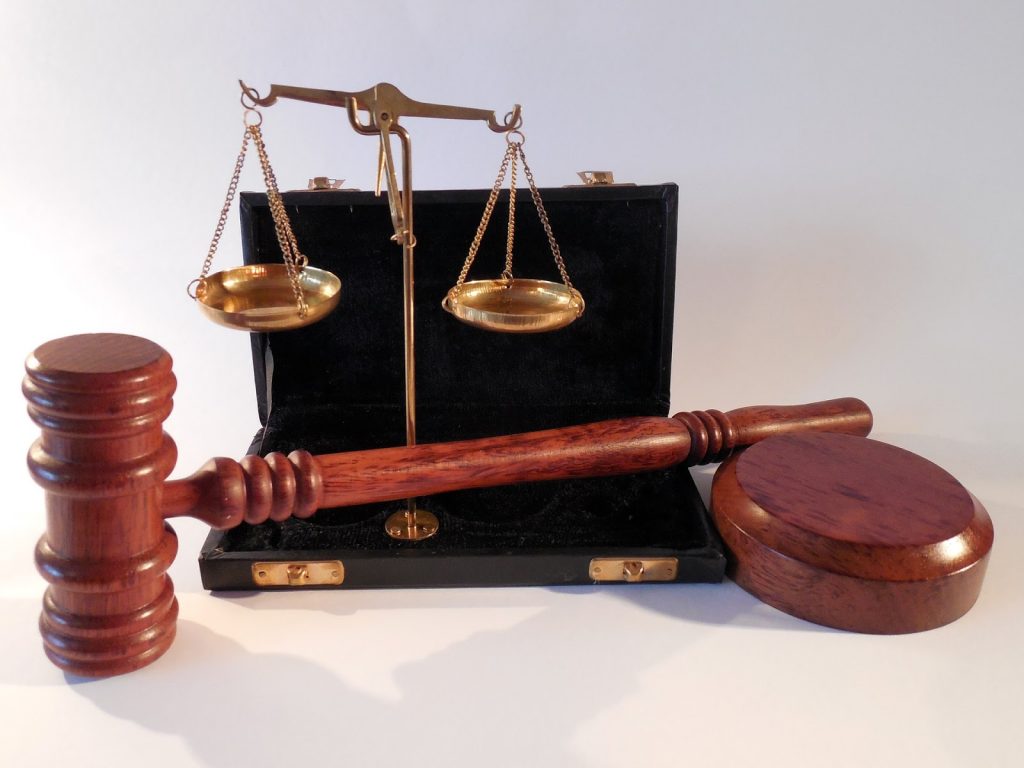
With marketing efforts making a shift to the digital platform, sourcing for marketing material has become a lot easier. However, this makes marketers more susceptible to infringing on copyright laws if they’re not careful. This mistake can be very costly and isn’t good for your reputation.
With hopes of not making common mistakes, this article aims to educate marketers on the things they need to know to prevent copyright law violations. These come in the context of the laws in the United States.
If you’re in Canada, it would be best to refer to local IP law and litigation firms such as Heer Law, Toronto based copyright lawyers.
“Fair Use” Isn’t a Free Pass
People have this misconception that you can easily use Fair Use in your defense in court. Just because you haven’t profited in from it doesn’t mean it falls under the doctrine.
The court must consider at least 4 factors before considering the copyrighted work you infringed upon falls under Fair Use:
- Purpose and character of your use
- Nature of the copyrighted work
- Substantiality of the work that’s taken
- How the value of the copyrighted work will be affected
Chances are, if you’re a marketer with the aim of monetizing your effort, you won’t fall under the Fair Use category.
Knowing Where Your Images Comes From
The safest images to use for your marketing campaigns will always be the ones you capture or create yourself.
This is not feasible for most people, hence the need to outsource these images. A rookie mistake would be to download it from any website and reproduce it to suit your needs. Just because it doesn’t have a copyright logo doesn’t mean that it’s not protected.
Google has a reverse image feature. It allows users, or in this case, the copyright holder to upload his image and see which websites have used it. If you are caught red-handed, be prepared to face the consequences.
You should always request the creator’s permission before using their images. Let them know why you’re using it and for how long you’ll be using it. Or, you could make full use of royalty-free stock photos.
If the image has been reposted several times, it’s not the green light for you to reproduce it and credit just credit the person before you. Chances are, you’ll credit the wrong person and get in trouble for infringing copyright laws.
Learn to Paraphrase
It’s completely fine to take ideas from other people and use it for your own agenda. In fact, that’s how knowledge is transferred. What’s not okay is copying what the author said word-for-word.
Remember, copyright laws protect the way an author expresses their ideas. To get around this, you will need to paraphrase. Understand what the author is conveying, and in your own unique way, express it in your own terms.
If you think that the original author wrote it best, you can copy what was said provided that it is quoted with quotation marks and cited. Make sure that it is not extensive and you use a different font to make it obvious that you’re only using someone else’s idea.


